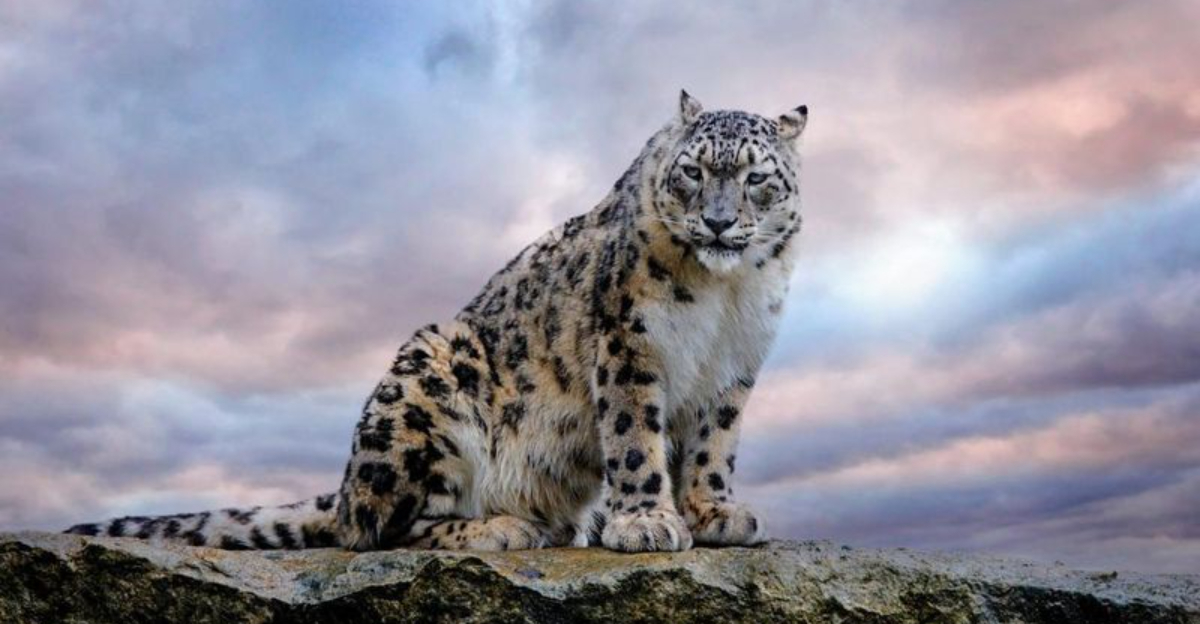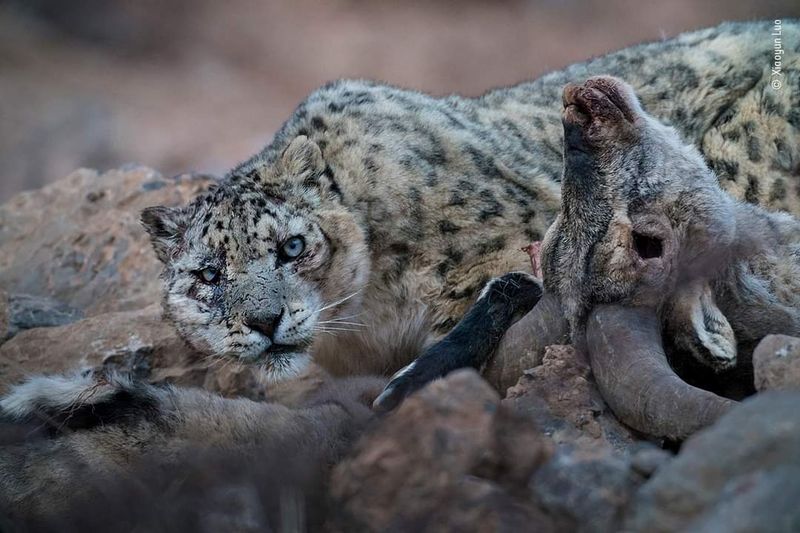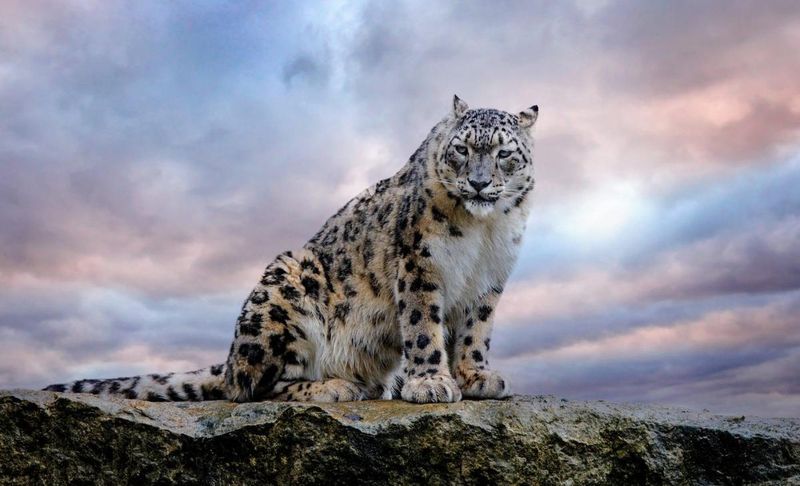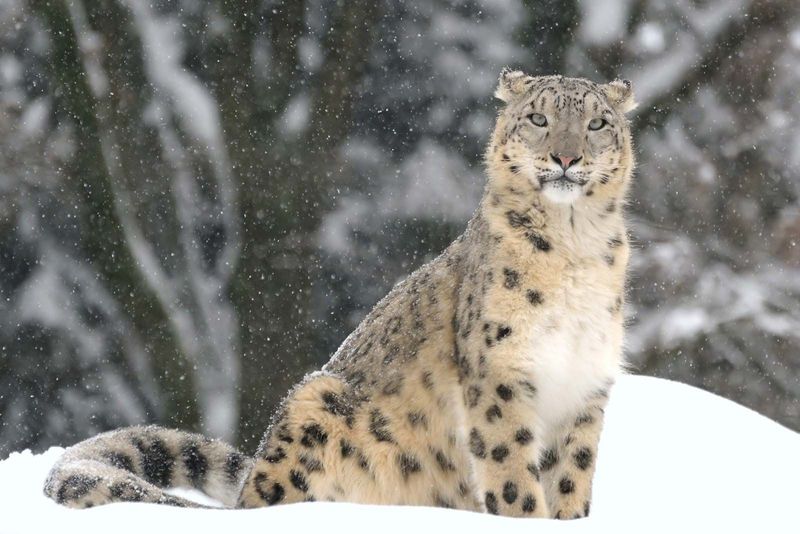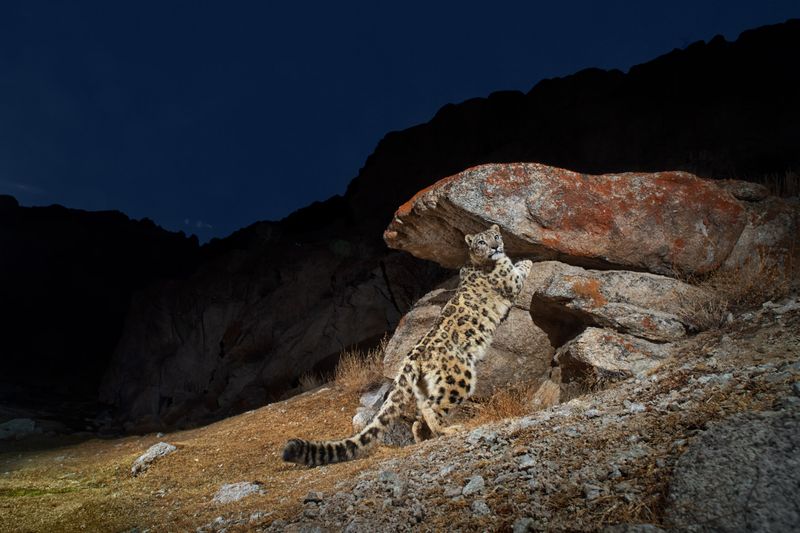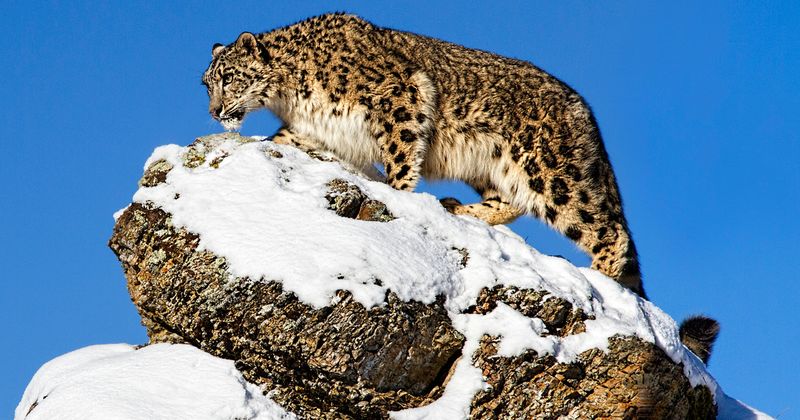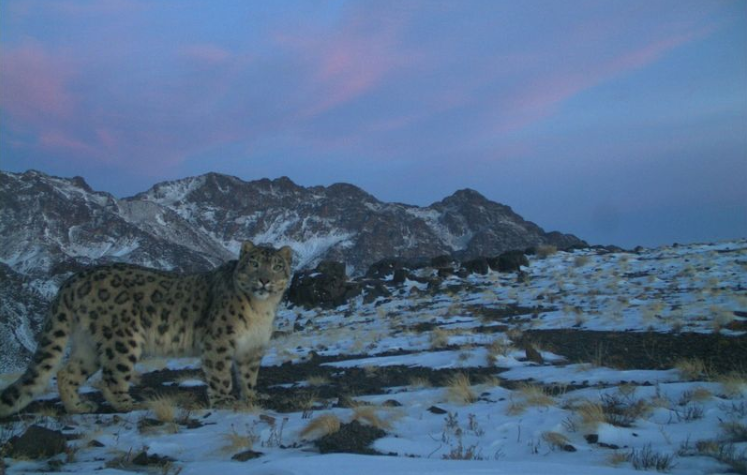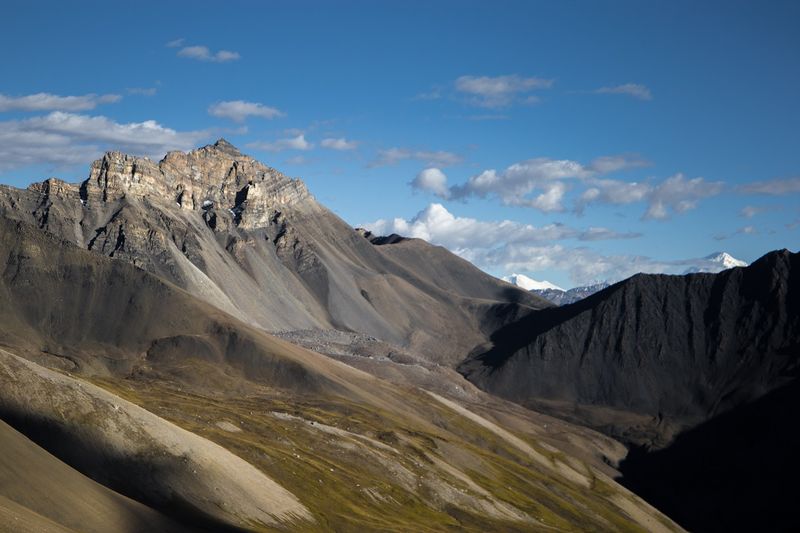📖 Table of Content:
High in the remote, rugged mountain ranges of Central and South Asia, a rarely seen predator stalks the icy ridgelines and steep cliffs. Known for their elusive nature and ethereal beauty, snow leopards are far more than charismatic wildlife—they are vital architects of the ecosystems they call home. As apex predators, their role transcends mere survival, shaping the very fabric of the environment they inhabit.
These high-altitude habitats, which include parts of the Himalayas, the Karakoram, and the Tien Shan, are delicate systems where every living thing is tightly interwoven. The balance of life here is constantly tested by harsh weather, steep terrain, and limited resources. Within this extreme environment, snow leopards silently influence not only the behavior of other animals but also the growth of plants, the health of the soil, and even the livelihood of local communities.
Understanding the full impact of snow leopards reveals a surprising and awe-inspiring truth: these solitary hunters sustain mountain ecosystems in ways that ripple far beyond their silent paws. Their influence touches everything from soil stability to community conservation, making them one of nature’s most important players in alpine sustainability. What follows is a deeper look into the many ways snow leopards keep mountain ecosystems not just alive—but thriving.
1. Controlling Herbivore Populations
Without the presence of snow leopards, herbivore populations like blue sheep and ibex would multiply rapidly, overwhelming the sparse vegetation of alpine regions. As natural regulators, snow leopards hunt these animals, preventing the ecological damage that excessive grazing can cause. This control helps maintain a delicate balance between flora and fauna, ensuring the long-term survival of both. When herbivores are unchecked, they often strip the land of its protective plant cover, which leads to degraded habitats and fewer food sources for other species. Snow leopards, through their hunting patterns, distribute this pressure evenly across the landscape. Their presence subtly dictates the behavior and migration of prey species, encouraging them to move rather than overgraze a single area. In doing so, snow leopards act as guardians of biodiversity in mountainous regions.
2. Preserving Vegetation and Preventing Erosion
Vegetation in mountain ecosystems serves more than just as food—it anchors soil, slows water runoff, and provides microhabitats for countless small organisms. By limiting herbivore overpopulation, snow leopards indirectly protect this vegetation from being consumed faster than it can regenerate. This protection plays a critical role in stabilizing steep slopes that are prone to landslides and erosion. When plant roots are allowed to flourish, they hold the thin mountain soil in place, reducing sediment loss during rains or snowmelt. The benefits extend downstream as well, since healthy alpine vegetation ensures cleaner water and reduced siltation in rivers. Erosion not only destroys the landscape but also leads to loss of plant species that are specially adapted to high altitudes. Snow leopards help maintain these plant communities simply by being present and active in their territories.
3. Supporting Scavenger Species
Each snow leopard kill doesn’t just feed one animal—it creates a food cascade that supports many others. After the leopard has eaten its fill, remnants of the carcass become crucial resources for scavengers such as Himalayan vultures, red foxes, and even insects. This scavenging cycle ensures that no part of the prey goes to waste and that nutrients are recycled back into the ecosystem. The presence of a steady source of carrion helps scavenger populations remain stable, which in turn supports broader ecological resilience. Some scavengers rely almost entirely on these remains to survive the harsh winters when food is otherwise scarce. By enabling this hidden food web, snow leopards play a central role in sustaining species that often go unnoticed. Their predatory behavior quietly underpins a robust and interconnected food system.
4. Maintaining Prey Diversity
Snow leopards do not target just one species, and this diversity in their diet has a stabilizing effect on prey populations. Their hunting habits prevent any single herbivore species from becoming too dominant, which could lead to monoculture grazing and vegetation decline. This selective pressure allows different herbivore species to coexist and reduces competitive exclusion. In turn, a varied herbivore community leads to more diverse grazing patterns, benefiting a wider range of plant species. Diversity among both predators and prey increases the resilience of the ecosystem in the face of environmental stress. When each species fulfills its niche without outcompeting others, the system as a whole becomes more sustainable. Snow leopards, in essence, are balancing agents that prevent ecological monopolies from forming.
5. Acting as Umbrella Species
Conservation strategies aimed at protecting snow leopards naturally result in the protection of entire ecosystems. Because these big cats require vast territories that encompass multiple habitats and elevation zones, safeguarding their habitat indirectly shelters many other species. The term “umbrella species” refers to this phenomenon, where protecting one animal benefits many more. Efforts to conserve snow leopards often include anti-poaching patrols, habitat preservation, and scientific monitoring, all of which contribute to overall biodiversity. From rare alpine flowers to elusive mountain ungulates, countless organisms thrive under the protection snow leopards receive. This approach has proven effective in places like the Himalayas, where wildlife corridors have preserved migration paths and genetic diversity. Snow leopards thus become powerful symbols and instruments of broader environmental protection.
6. Influencing Human Behavior
Human communities that coexist with snow leopards have increasingly adopted more sustainable practices due to conservation programs. In many regions, local people are now involved in predator-friendly initiatives such as livestock insurance schemes and rotational grazing, which reduce conflict and improve land health. The presence of snow leopards has also spurred eco-tourism, generating income and fostering pride in wildlife stewardship. Education campaigns built around snow leopard conservation have led to greater environmental awareness in remote villages. Instead of viewing the animal as a threat, many communities now see it as a valuable part of their cultural and ecological landscape. This shift in perception enhances cooperation between conservationists and local residents. Snow leopards, through their influence, have inspired real-world change that extends well beyond biology.
7. Drawing Tourists and Raising Awareness
The enigmatic allure of snow leopards draws tourists from around the globe. These majestic creatures play a pivotal role in promoting ecotourism. Visitors flock to mountain regions hoping to catch a glimpse, boosting local economies. This influx of eco-tourists raises awareness about the importance of conservation. It highlights the need to protect these habitats. By supporting local communities economically, snow leopards indirectly strengthen conservation efforts. This unique relationship between predator and people underscores the broader impact of safeguarding nature’s wonders. Through tourism, snow leopards become ambassadors for their ecosystems.
